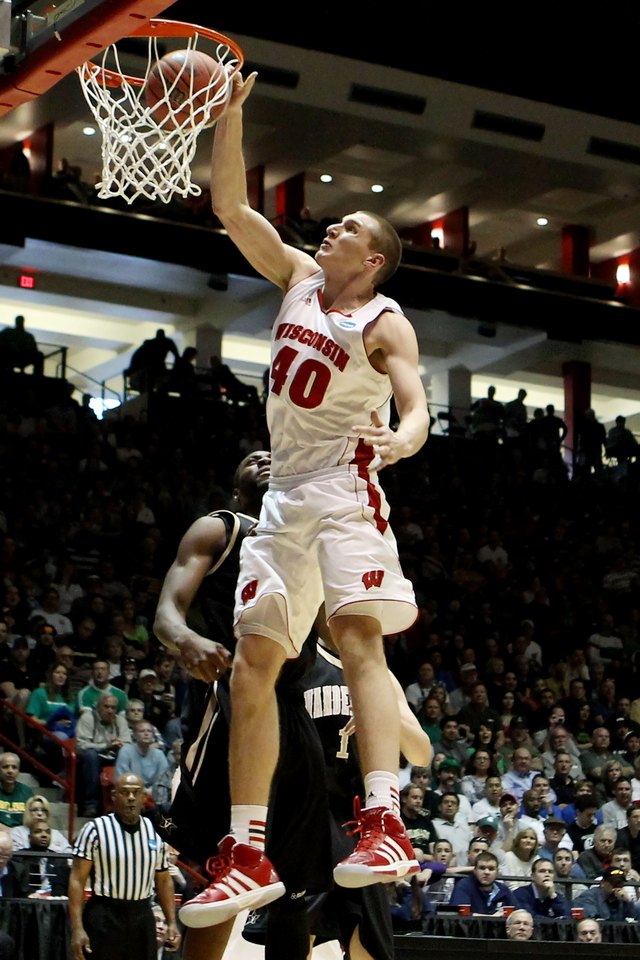Slowing Down a Basketball Game as an Offensive Strategy

There are a variety of reasons a basketball team may wish to slow a game down. Considerations include the personnel and preferred style of play of your team and your opponent, as well as the game situation. Additionally, the presence of a shot clock will determine how much you can slow a game’s pace. In the NBA and WNBA, the 24-second shot clock doesn’t leave much room for slowing the tempo. The NCAA shot clock runs 30 seconds for women and 35 for men, and high schools don’t use a shot clock.
Offensive Philosophy
Some teams play a slow tempo as their standard offense. The coach recruits or acquires players to fit the system, rather than tailoring a system to his personnel. Slow-paced offenses take their time and work the ball around the court seeking high-percentage inside shots, or wide-open looks outside of the three-point arc. These teams must emphasize ballhandling, because the longer your offense possesses the ball, the greater chance it has of turning the ball over. A successful slow-paced offense will also be efficient. For example, in the 2011-12 season, the University of Wisconsin -- playing coach Bo Ryan’s slow-paced offense -- was tied for 261st in the nation in scoring, averaging 63.9 points per game. But the Badgers were 18th in offensive efficiency, averaging 114.3 points per 100 possessions, helping them gain a 26-10 overall record.
Slowing Your Opponent
Some teams feature fast, quick players and are most comfortable with a fast-paced game. An opposing coach may wish to counter such a team’s speed by running a slower-paced offense. The coach will instruct his team to be patient on offense, throw an extra pass or two and avoid shooting quickly unless a player is wide open at close range. The idea is to make the opponent uncomfortable and to prevent the speedier team from playing to its strength.
Playing a Superior Team
Some coaches may employ the laws of probabilities and slow the game down against a superior opponent. The idea is to limit each team’s time with the ball because the greater a sample size -- or, in basketball terms, possessions -- the greater the likelihood that each team will play to its normal capability, giving the weaker team little chance to win. For example, if you flip a coin twice you wouldn’t be shocked if it came up heads both times, because you’re using a small sample size. But if you flip it 200 times, it’s almost certain to come out very close to the expected 50-50 ratio.
Late-Game Situations
A team leading late in a game often slows the play down to limit the number of remaining possessions. The fewer the possessions, the fewer opportunities your opponent has to catch up. All else being equal, it’s harder to come back from a 10-point deficit in five possessions than it is in 10, for example. Additionally, the trailing team is often forced to commit fouls to prevent its opponent from draining too much time off the clock. Therefore, a strong foul-shooting team may use the slow-down tactic a bit sooner than a team that shoots free throws poorly.
References
Writer Bio
M.L. Rose has worked as a print and online journalist for more than 20 years. He has contributed to a variety of national and local publications, specializing in sports writing. Rose holds a B.A. in communications.
